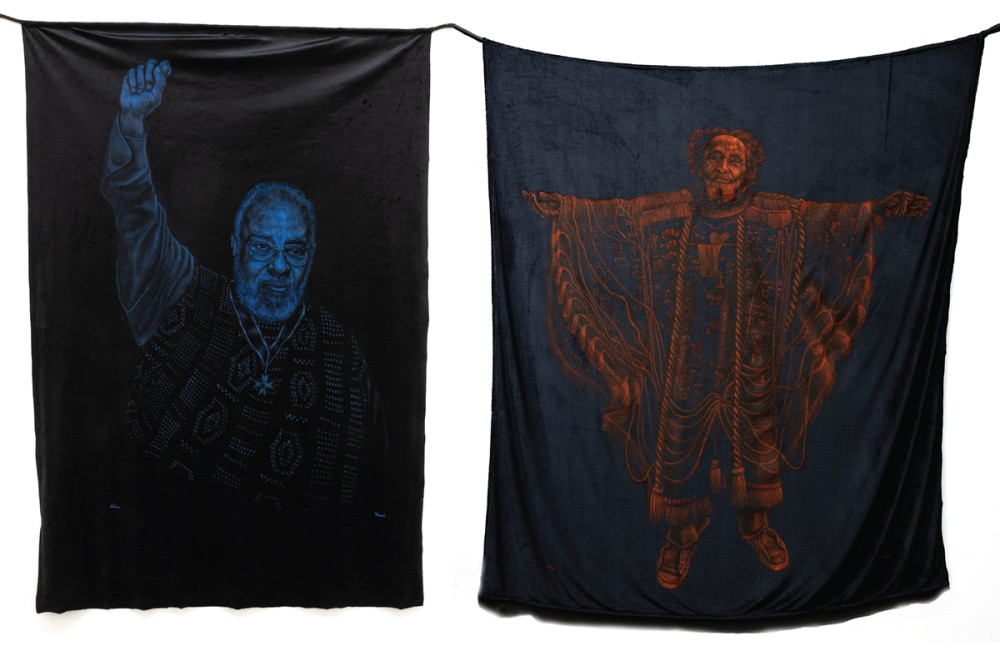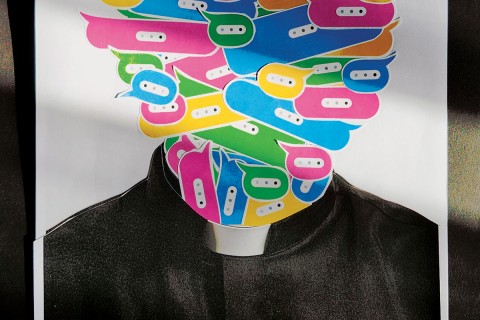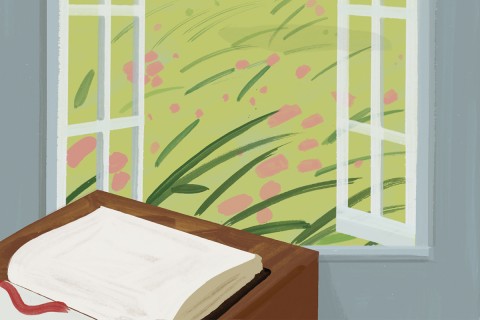Marcel Diogo’s Carinhosa-Cafuné Abdias (left) and Carinhosa-Cafuné Arthur (right)

Images used by permission of the artist
Marcel Diogo, a Brazilian artist, educator, and cultural agitator, coordinates Atelier do Ressaca, a studio in Minas Gerais, Brazil. His practice traverses the genres of painting, photography, performance, and site-specific installation, always returning to the political. With a curatorial eye and a painter’s sensitivity, Diogo’s art becomes a site to reflect deeply on the impact of violence, injustice, culture, and memory.
In his series Carinhosa-Cafuné, Diogo paints in oil on plush fabric, a material evocative of childhood, tactile warmth, and softness. “When I first attempted painting over this material, I realized it was alive,” he tells me. “I had to paint patiently and delicately. This fabric required softness, caress, and a relationship to be established with each strand of the fabric. And I asked myself: What is this gesture if not a cafuné?” The word refers to the tender act of running fingers through a loved one’s hair. This metaphor of delicate and affectionate care, common in Afro-Brazilian and Indigenous communities, underlines the political power of gentleness in Diogo’s work. His paintings create an archive of loving touch as a form of resistance to the brutality suffered by his people and so many others.
In these two images Diogo presents two key Brazilian artists who politicized image-making under constraint. Abdias Nascimento–a Black Brazilian artist, politician, activist, and professor–was exiled during the military dictatorship and turned to painting as a form of spiritual-political speech, creating visual theogonies that restored the presence of African deities erased by colonialism. Similarly, Arthur Bispo do Rosário, who was institutionalized for decades, crafted intricate works from found objects in a divine cosmology all of his own. In a society so drenched in the violent consequences of ableism, patriarchy, misogyny, and tyranny, Carinhosa-Cafuné announces the power of softness and intimacy to become radical forms of counter-memory and palpable resistance.




